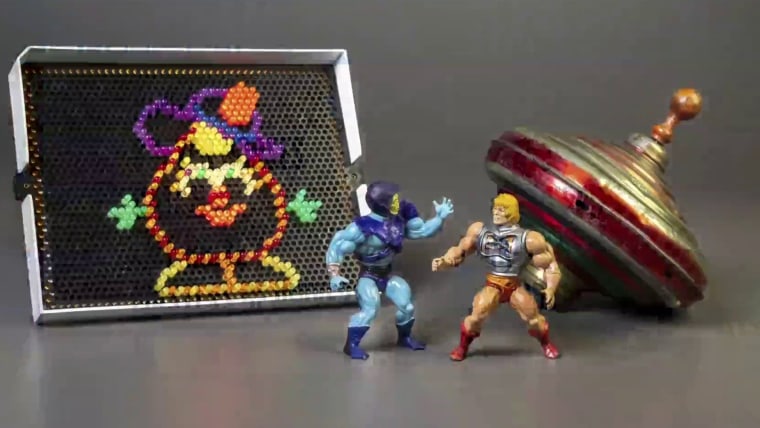There are two things keeping the toy industry afloat right now: inflation and a consumer group known as “kidults.”
These kids at heart are responsible for one-fourth of all toy sales annually, around $9 billion worth, and are the biggest driver of growth throughout the industry, according to data from the NPD Group.
This cohort, which NPD defines as ages 12 and older, has been steadily contributing to the industry for years, but spending has accelerated in the wake of the pandemic, leading to year-over-year gains despite tough comparisons.
It’s an important moment for the toy industry, too, with the holiday season upon us. While sales surged across the board for board games, puzzles and playsets during the pandemic, the first nine months of 2022 saw a 3% decline in sales volume. Higher toy prices helped outweigh these losses, as sales revenue for the time period jumped 3%, NPD reported.
Kidults, who tend to spend more on toys, have a great fondness for cartoons, superheroes and collectibles that remind them of their childhood. They buy merchandise such as action figures, Lego sets and dolls that might typically be considered “for kids.” However, in recent years, toy makers have created product lines just for these consumers, realizing that demand is high for this generation of adults who still want to have fun.
“The definition of adulthood has definitely evolved,” said Jeremy Padawer, chief brand officer at toy company Jazwares. “What it used to mean, to be an adult, was to be a very upstanding, serious member of society. And to do that you had to demonstrate it intellectually, emotionally, in every other single way.”
“Now we feel a lot more free to express our fandom as a part of our adulthood,” he said.
In the ’70s and ’80s, the toy business began to shift away from being an industry that was just about the next innovative item and embraced creating more products based on entertainment franchises. To be sure, there were toys based on movies and TV shows prior to this time, but this is when the trend kicked into high gear.
“In 1977, ‘Star Wars’ launches, and you started seeing a lot more licensed product at retail, where we were celebrating our fandom with with toys and collectibles,” Padawer said.
This included non-toy merchandise such as bedsheets, crockery and clothing.
“At the time, the intended recipient was almost all kids,” he explained. “But those children that were born in the ’70s and ’80s were really the…
Click Here to Read the Full Original Article at NBC News Top Stories…

